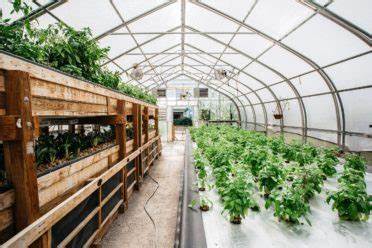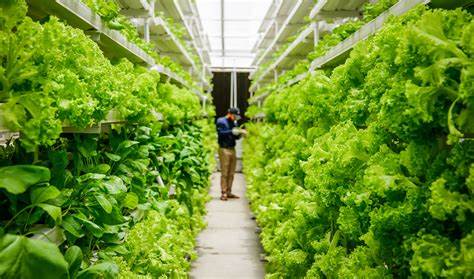
Vertical Farming: The Future of Sustainable Agriculture
Introduction
Vertical farming is an innovative approach to agriculture that has gained significant attention in recent years. This article delves into the concept of vertical farming, its historical roots, key concepts, main discussion points, case studies, current trends and developments, challenges and controversies, future outlook, and concludes with a summary of the main points discussed.
Historical Background
The concept of vertical farming can be traced back to the Hanging Gardens of Babylon, one of the Seven Wonders of the Ancient World. However, it wasn’t until the early 20th century that modern vertical farming began to take shape. Visionaries like Dr. Gilbert Ellis Bailey and Dr. Dickson Despommier laid the foundation for vertical farming with their research on sustainable agriculture and urban food production.
Key Concepts and Definitions
Vertical farming involves cultivating crops in vertically stacked layers, utilizing artificial lighting and controlled environments to optimize productivity. This method maximizes the use of vertical space, allowing for higher crop yields in a smaller footprint. Hydroponics, aeroponics, and aquaponics are integral to vertical farming, with each technique providing unique advantages in efficient crop growth.
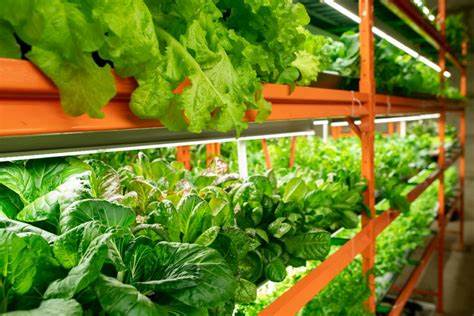
Benefits of Vertical Farming
Increased crop yield in a smaller footprint: Vertical farming allows for multiple layers of crops, significantly increasing the potential yield per square meter of land.
Reduced water and fertilizer usage: By utilizing recirculating systems and precise nutrient delivery, vertical farming minimizes water usage and eliminates the need for excessive fertilizers.
Year-round crop production: With controlled environments, vertical farms can produce crops regardless of seasonal limitations, ensuring a consistent supply of fresh produce.
Reduction in transportation costs and carbon emissions: Locating vertical farms in urban areas reduces the need for long-distance transportation, leading to lower carbon emissions and a more sustainable food system.
Vertical Farming Techniques and Technologies
Hydroponics: This technique involves growing plants without soil, using nutrient-rich water as a medium. It allows for precise control over nutrient delivery and water usage, resulting in faster growth rates and healthier plants.
Aeroponics: Plants in aeroponic systems are suspended in air or mist, with their roots exposed. Nutrients are sprayed directly onto the roots, promoting optimal nutrient absorption and minimizing water waste.
Aquaponics: Combining aquaculture and hydroponics, aquaponics creates a symbiotic system where fish waste provides nutrients for the plants, while the plants filter the water for the fish.
Vertical Farming Infrastructure and Design
Vertical stacking systems and multi-level growing platforms: Vertical farms utilize advanced infrastructure to maximize space utilization. Plants are grown in multiple layers, with efficient vertical stacking systems and adjustable growing platforms.
LED lighting and artificial intelligence: LED lights provide the necessary light spectrum for optimal plant growth, while artificial intelligence monitors and adjusts lighting conditions, ensuring ideal growth parameters.
Automation and robotics: Vertical farms integrate automation and robotics to streamline operations. Automated systems control nutrient delivery, monitor plant health, and perform tasks such as seeding, harvesting, and pest control.
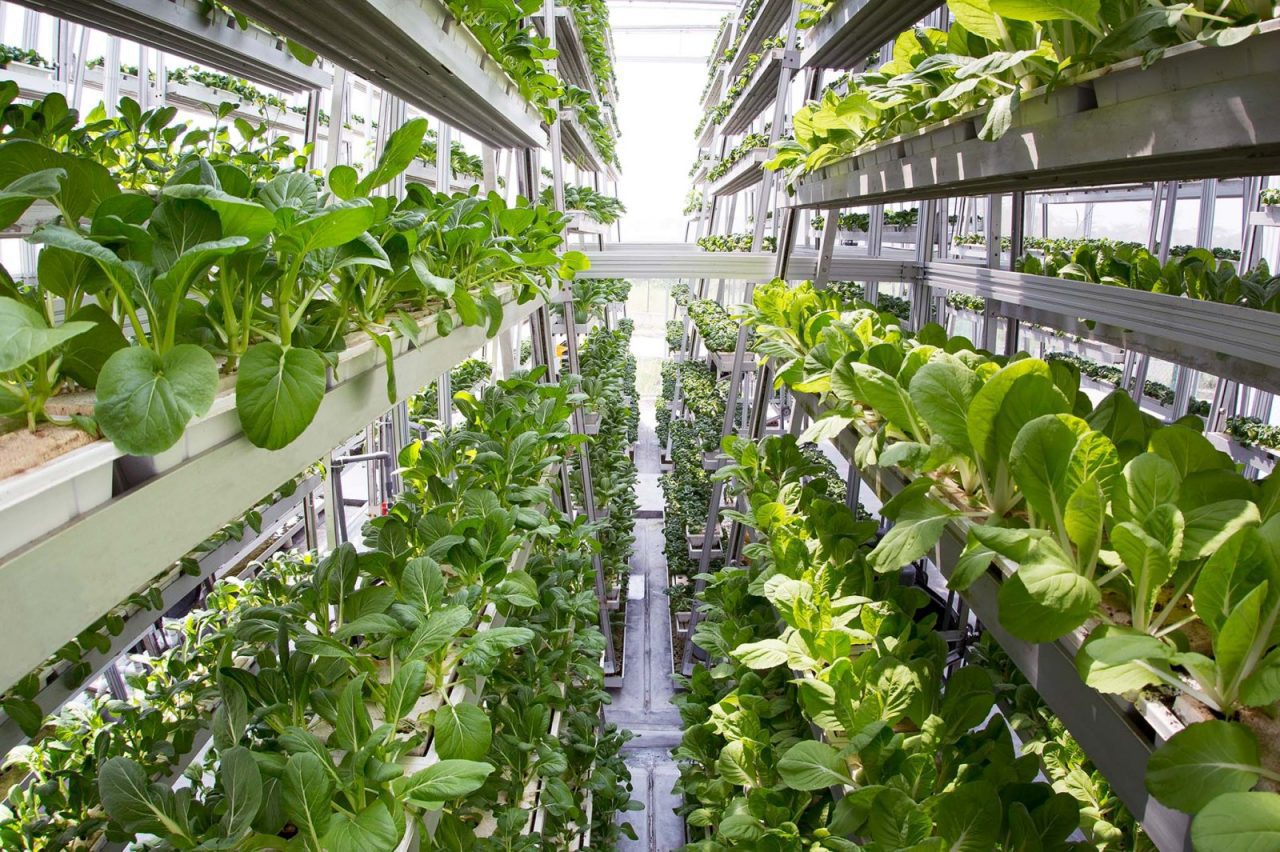
Applications of Vertical Farming
Urban agriculture and food security: Vertical farming allows for the production of fresh, nutritious food in urban areas, reducing the reliance on long-distance transportation and enhancing food security.
Supplementing traditional farming and reducing dependence on imports: Vertical farms can complement traditional agriculture by producing crops that are not suitable for outdoor cultivation. This reduces the dependence on imported food and strengthens local food systems.
Providing fresh produce in food deserts and remote areas: Vertical farming can address the lack of fresh produce in food deserts and remote regions by establishing local vertical farms, ensuring access to nutritious food.
Case Studies or Examples
Numerous successful vertical farming projects have emerged worldwide. One such example is AeroFarms, a vertical farm in Newark, New Jersey, which boasts high crop yields and efficient resource usage. Another notable case study is Sky Greens in Singapore, which utilizes vertical farming in high-rise buildings and has significantly reduced the city-state’s dependence on imported leafy greens.
Current Trends or Developments
In recent years, vertical farming has witnessed several advancements. Innovations include the integration of renewable energy sources, such as solar panels, to power vertical farms. Additionally, experiments are being conducted to explore the potential of incorporating vertical farming into urban infrastructure, such as integrating farms into office buildings and residential complexes.
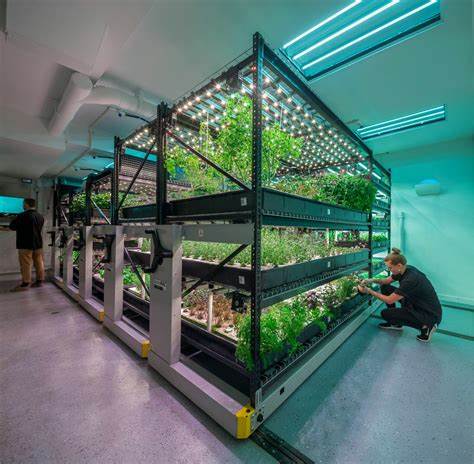
Challenges or Controversies
While vertical farming holds immense potential, it also faces challenges. Limited availability of suitable land, high initial investment costs, and energy consumption are among the primary hurdles. Furthermore, critics argue that vertical farming may not be a comprehensive solution to global food security and that it could exacerbate social inequalities.
Future Outlook
The future of vertical farming appears promising. As technology continues to advance and costs decrease, vertical farming is expected to play a crucial role in sustainable agriculture and food production. With the integration of vertical farming into urban infrastructure, cities can become self-sufficient in terms of food production, reducing their ecological footprint and ensuring a resilient food system.
Conclusion
Vertical farming represents a paradigm shift in agriculture, offering a sustainable solution to the challenges of food security and resource constraints. By maximizing crop yield in limited spaces, reducing water and fertilizer usage, and providing fresh produce year-round, vertical farming presents a viable path towards a more sustainable and resilient future.
References
For further reading and research on vertical farming, we recommend exploring scientific articles from reputable sources such as the Journal of Controlled Release and the Journal of Agricultural Science. Books like “The Vertical Farm” by Dr. Dickson Despommier and “Vertical: The City from Satellites to Bunkers” by Stephen Graham provide in-depth insights into the subject. Reputable websites like the Association for Vertical Farming and NASA’s Controlled Environment Agriculture Center offer valuable resources on vertical farming techniques and advancements.




